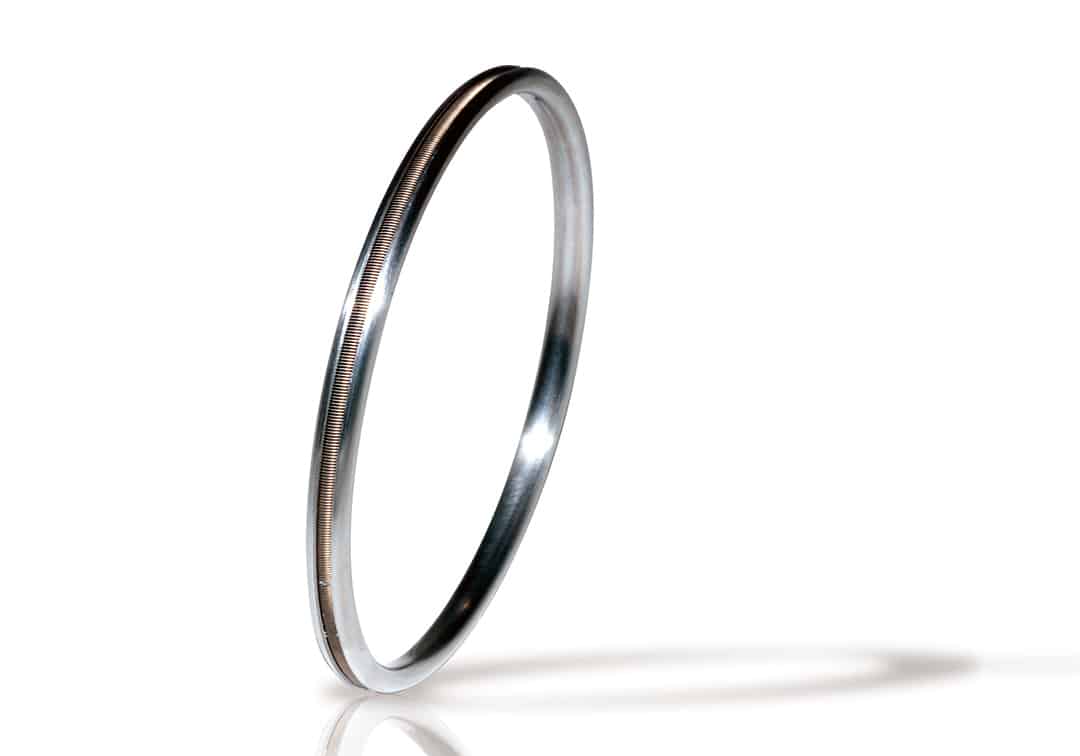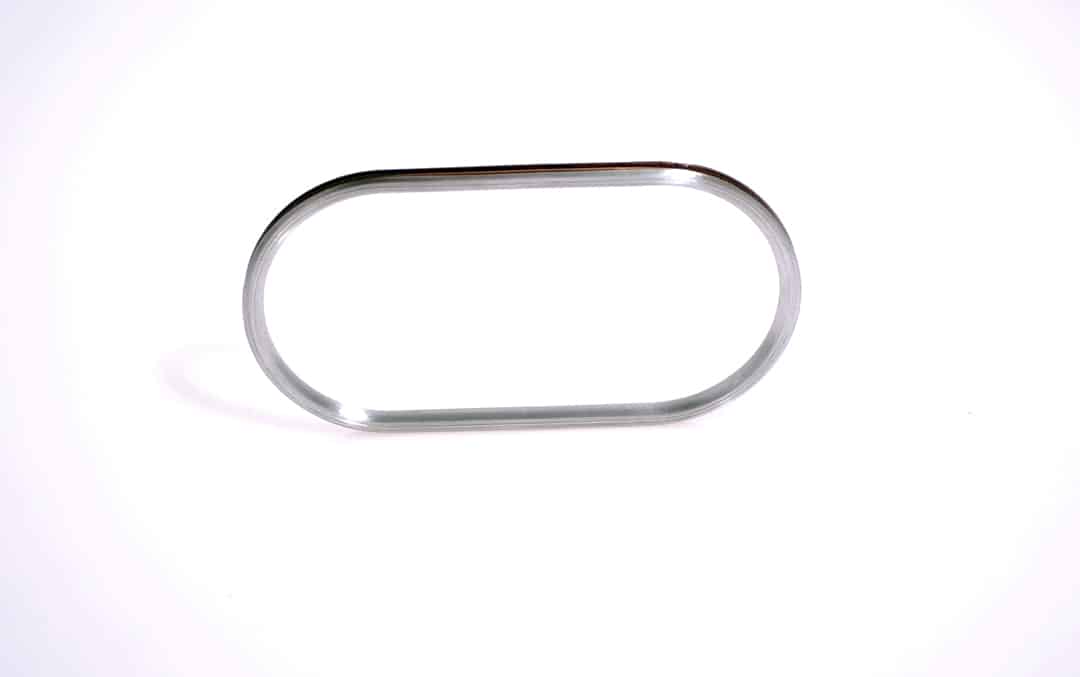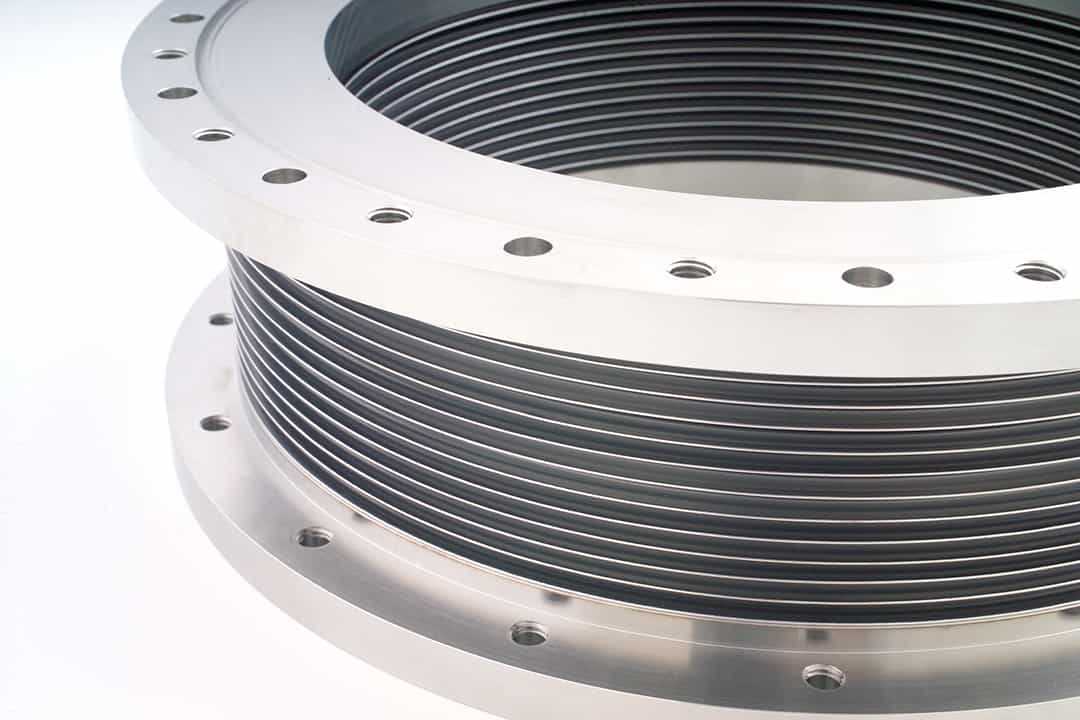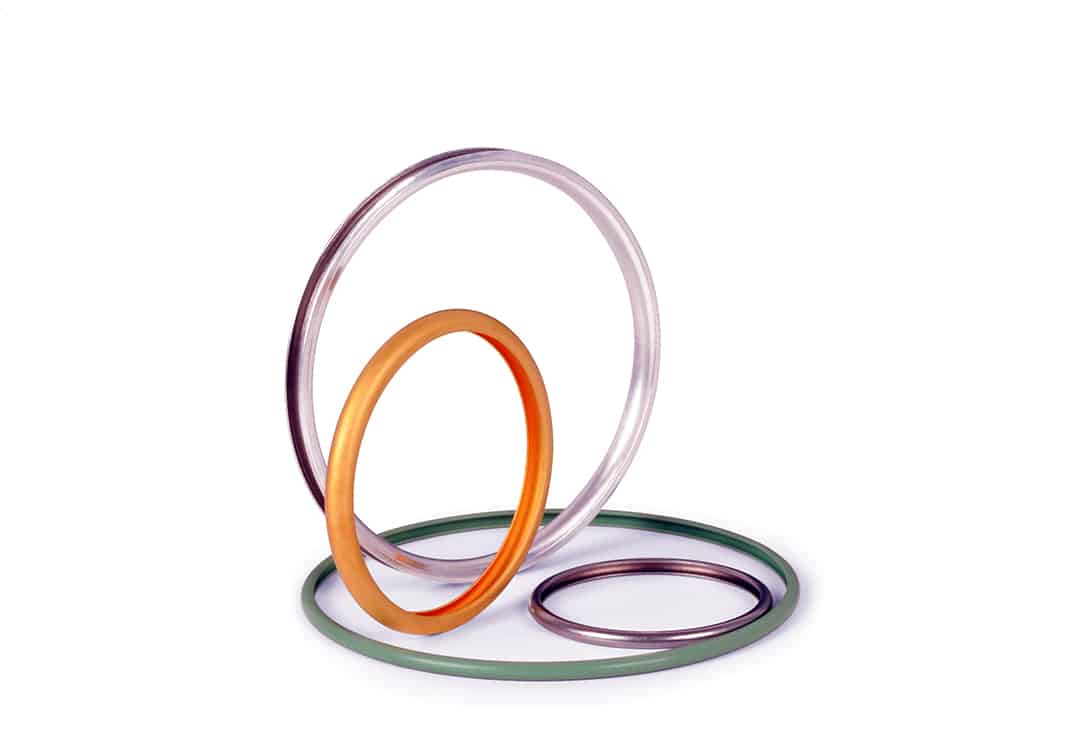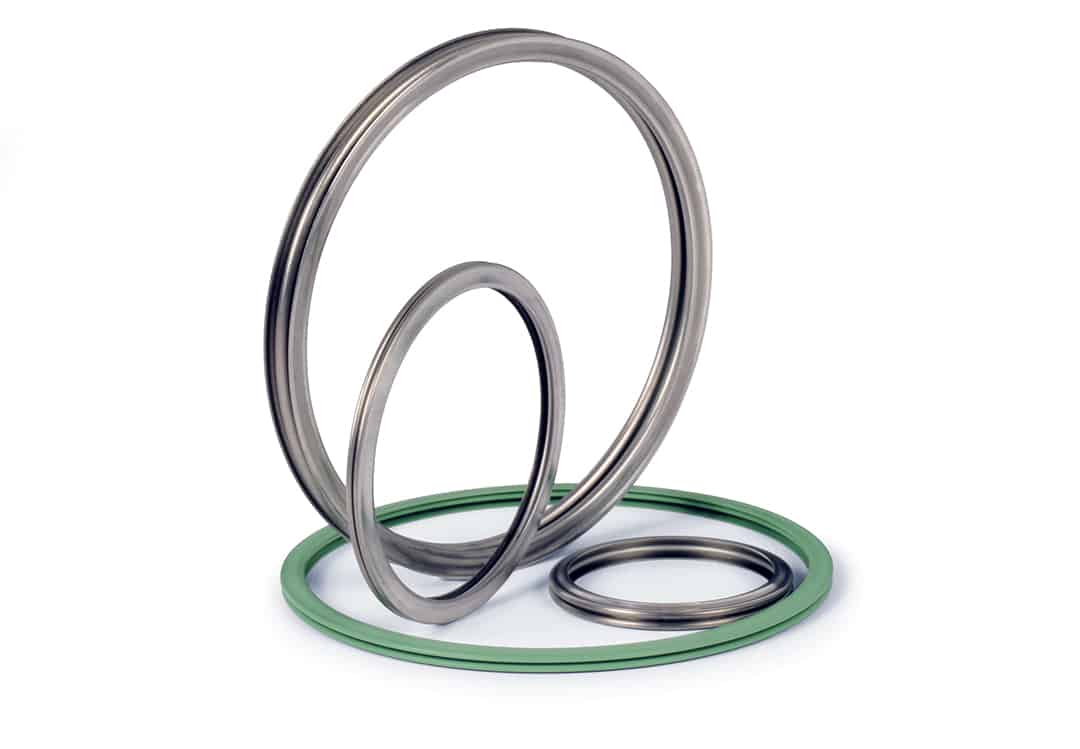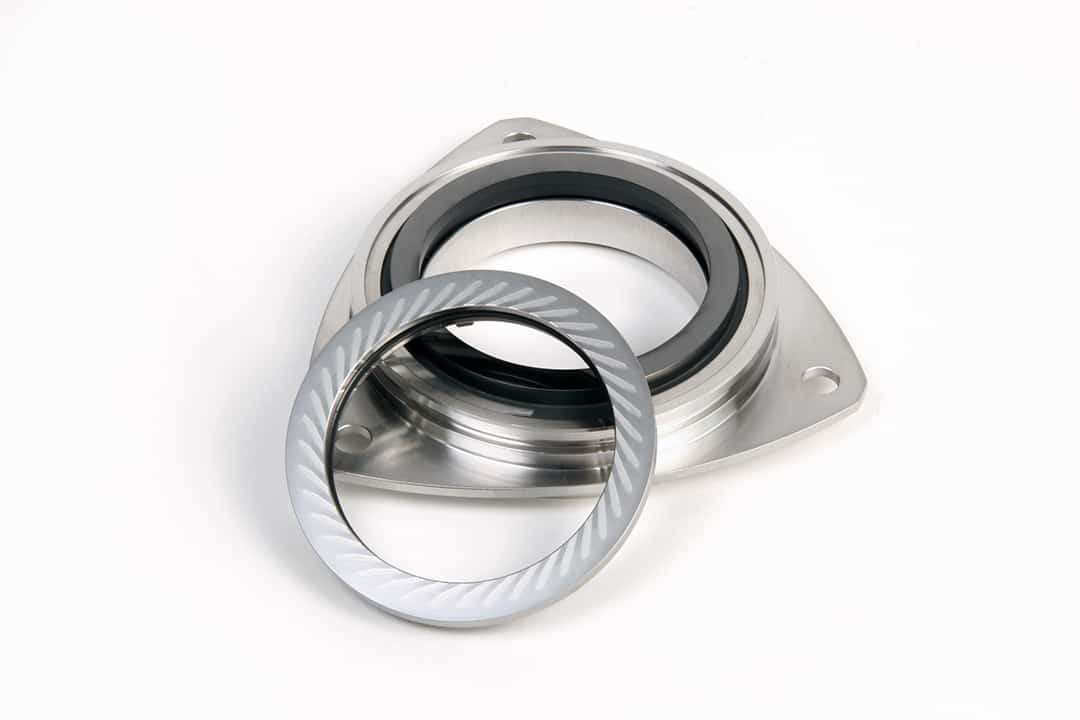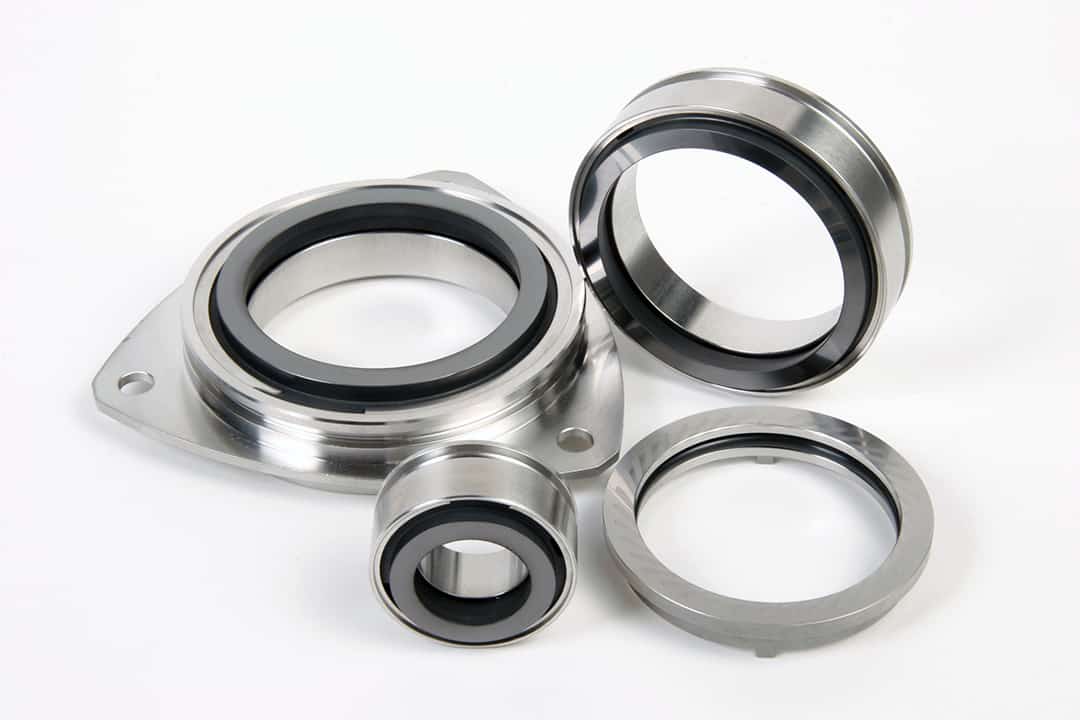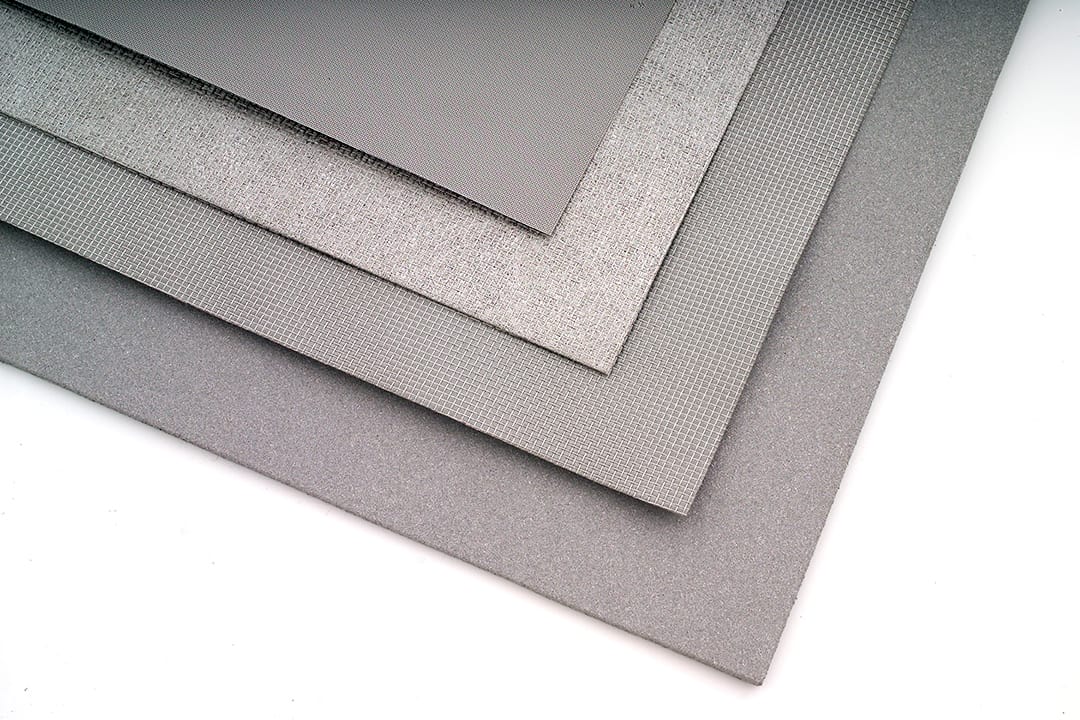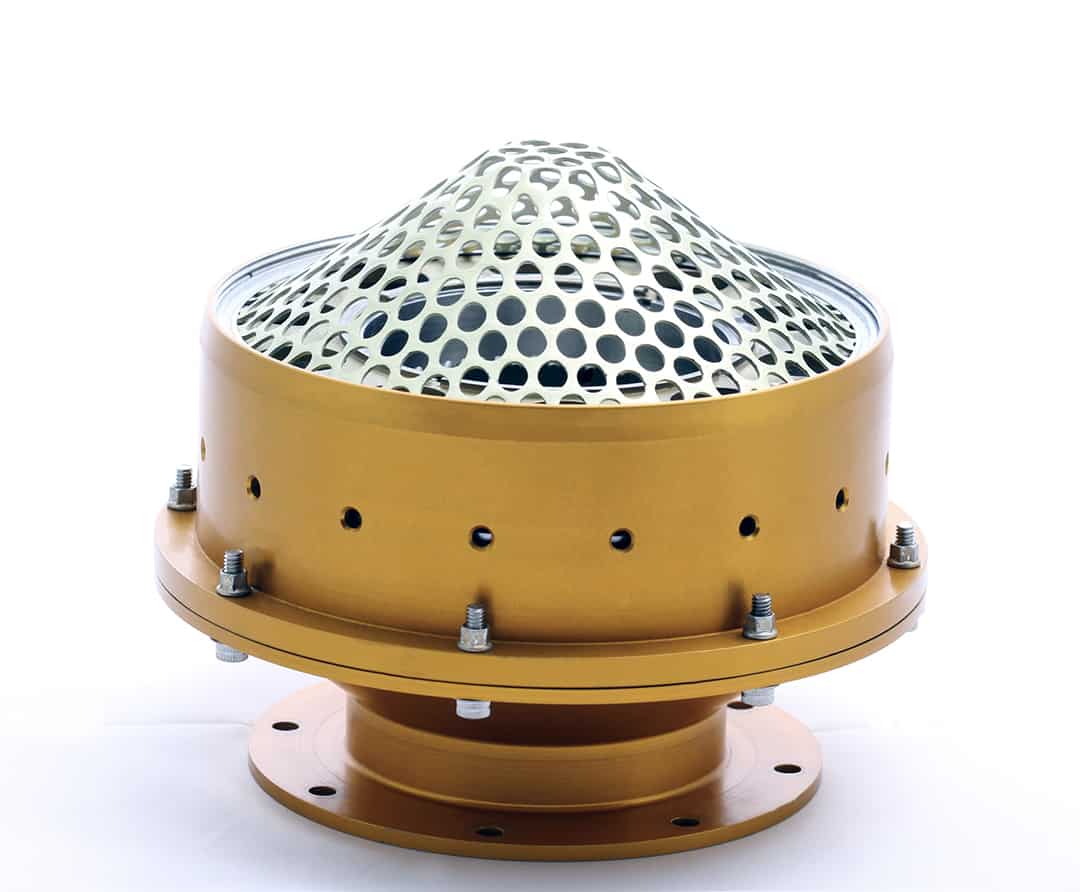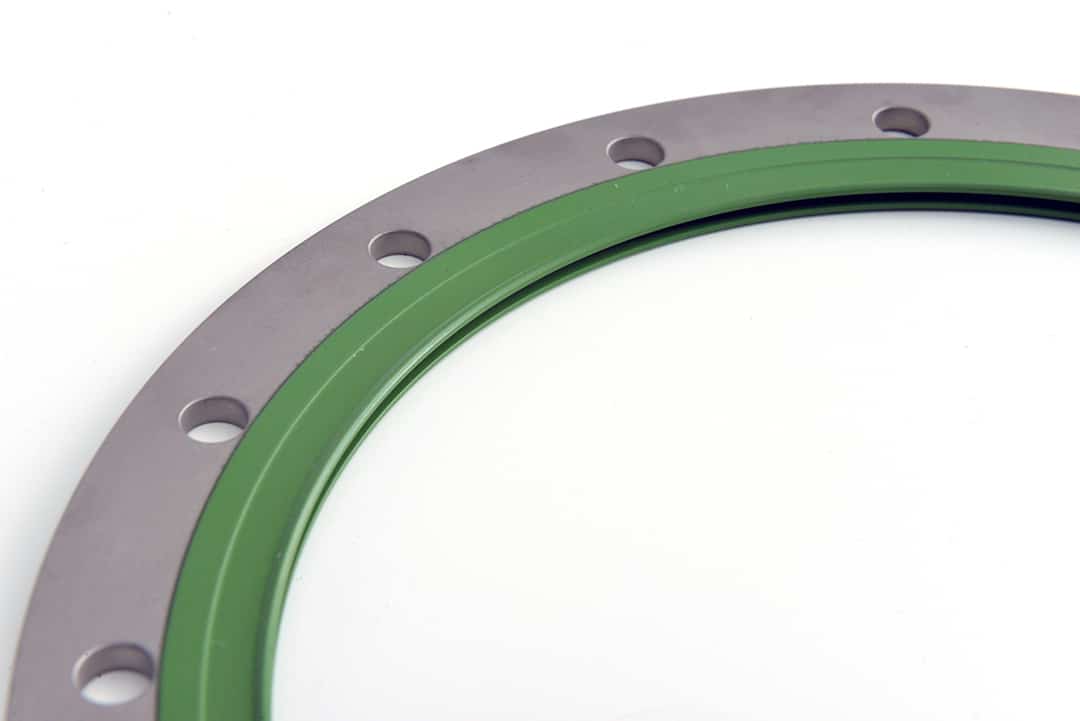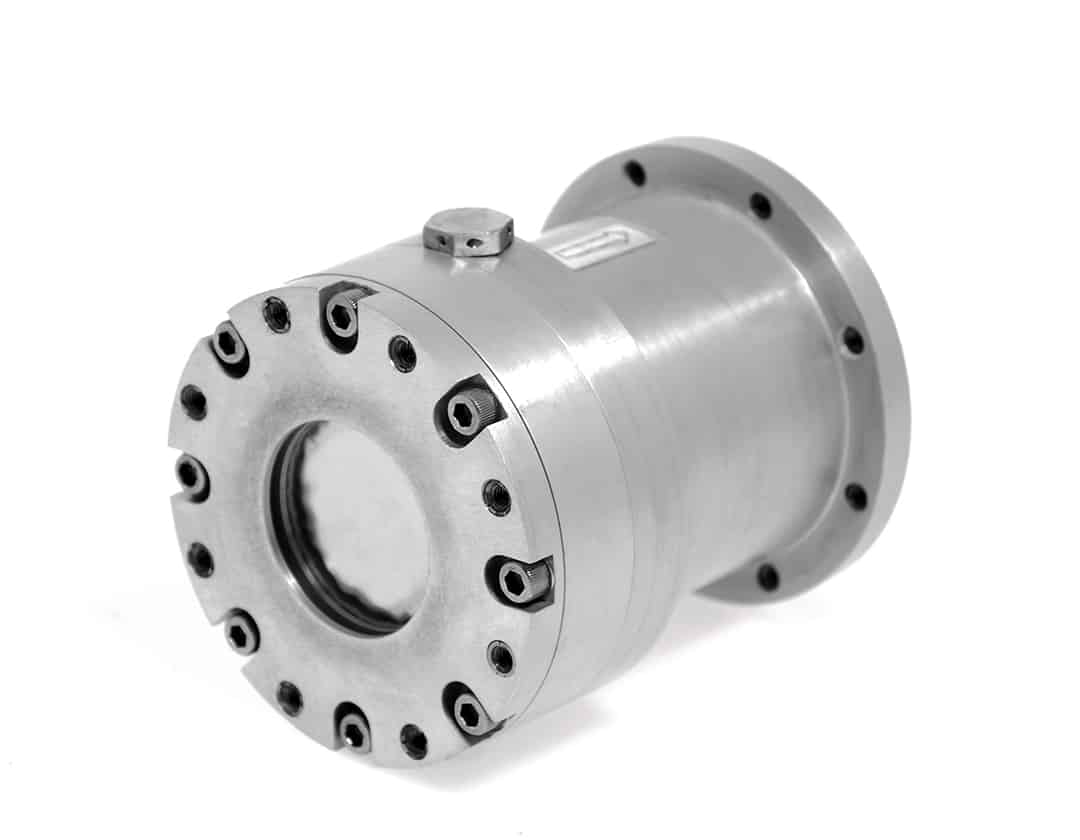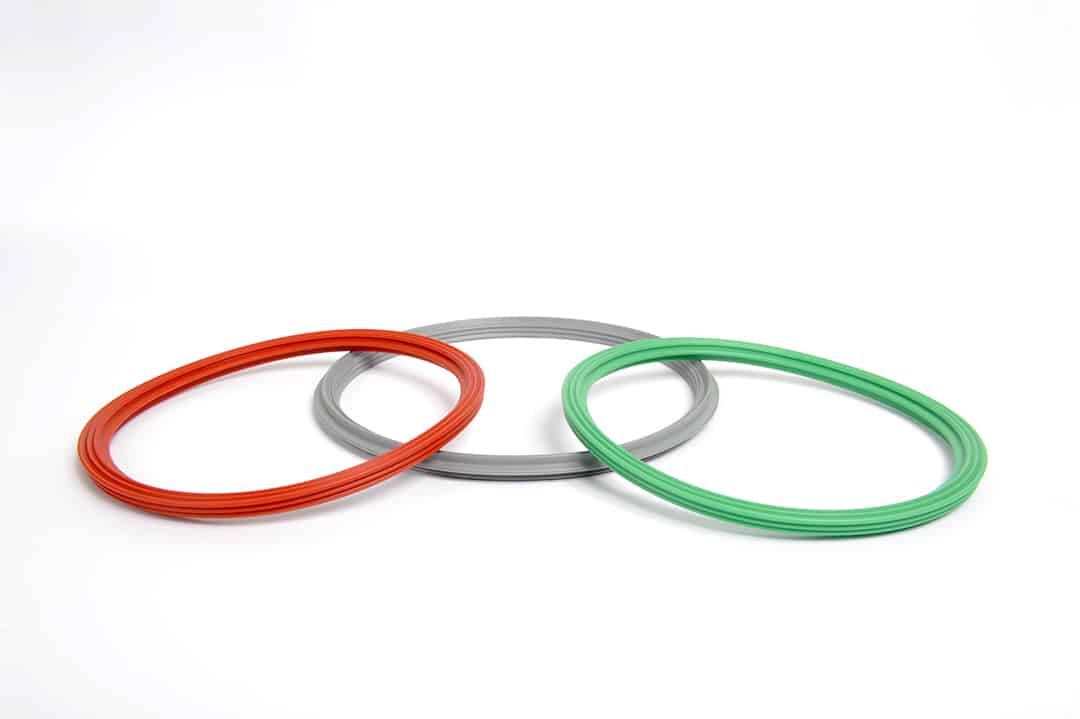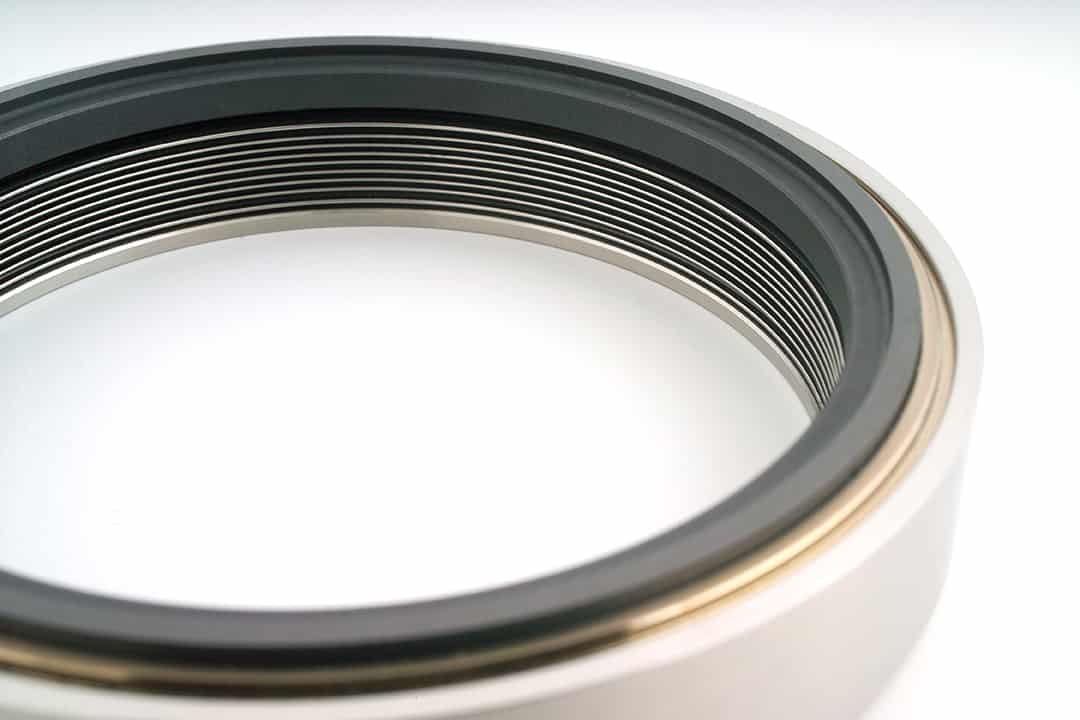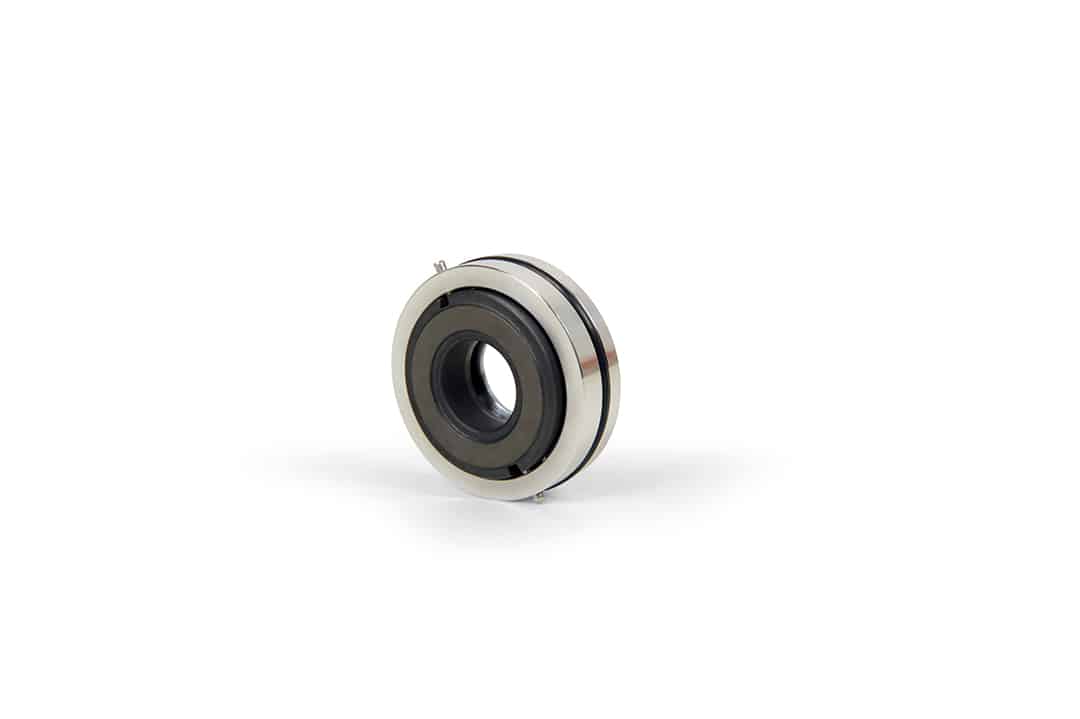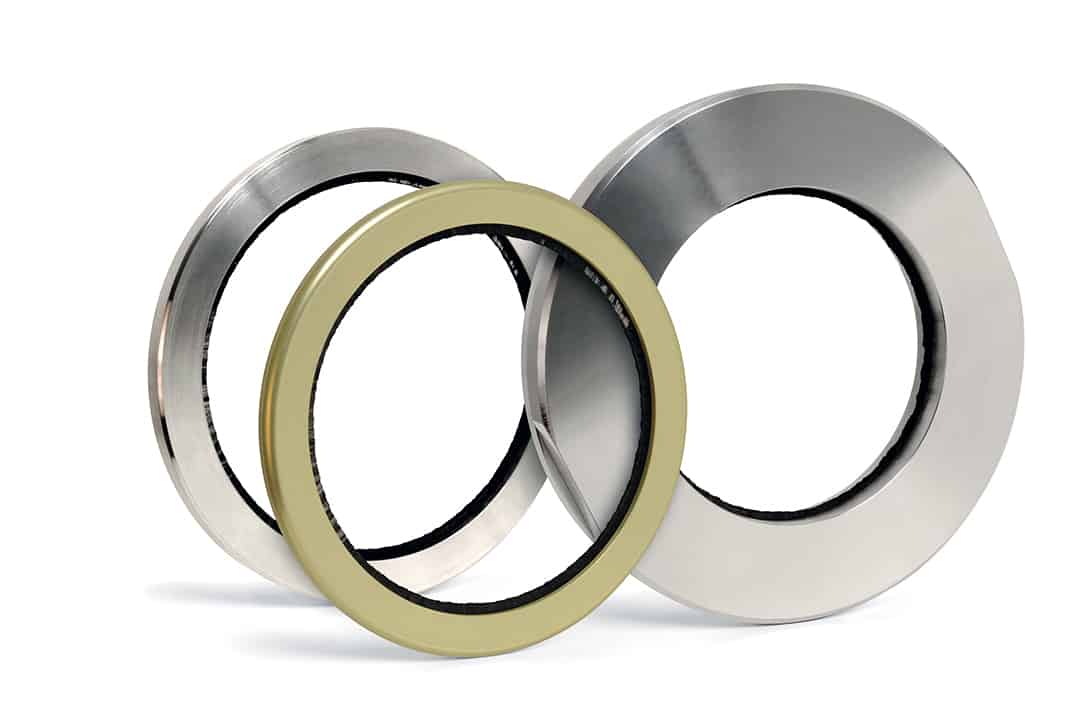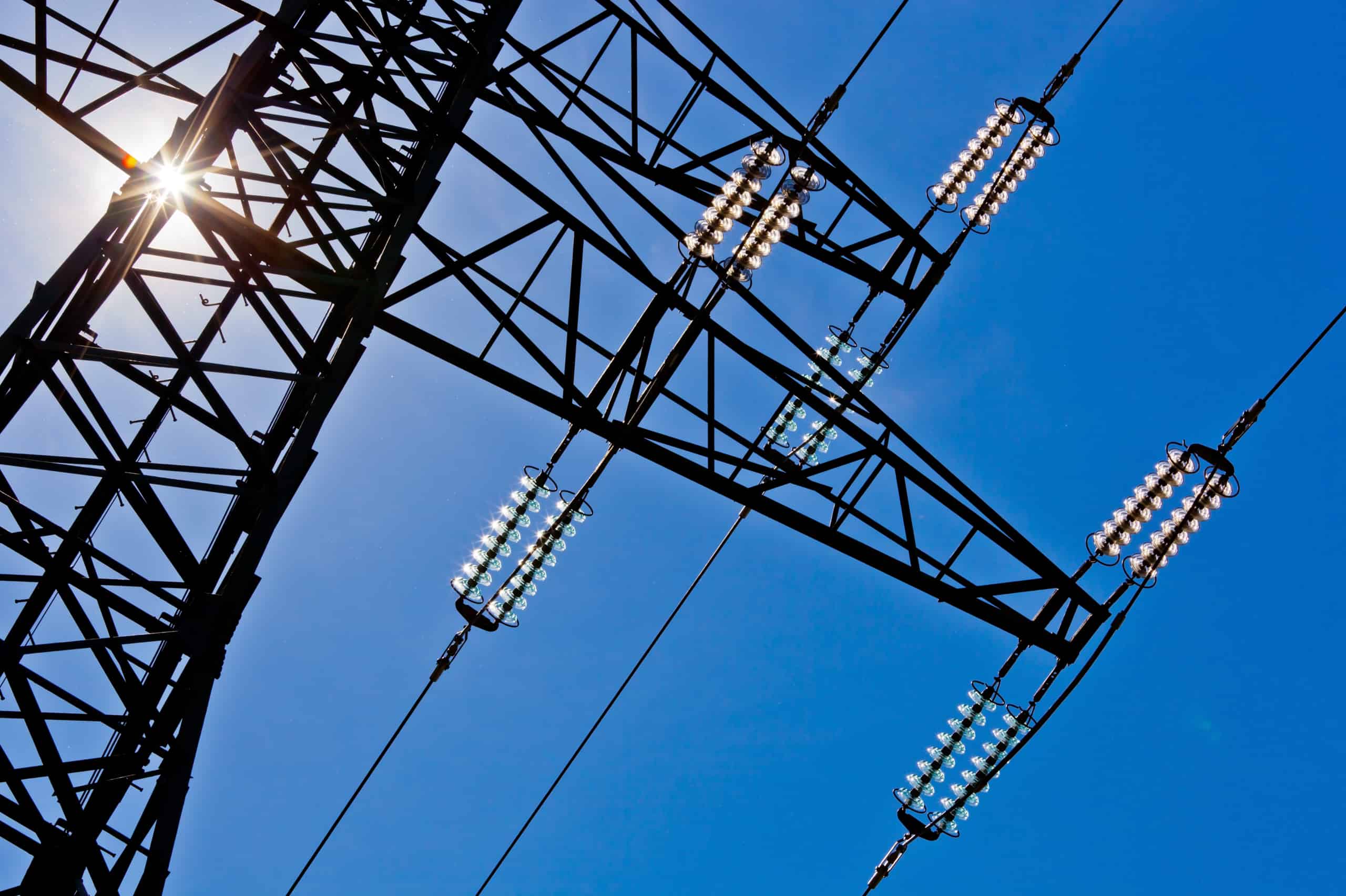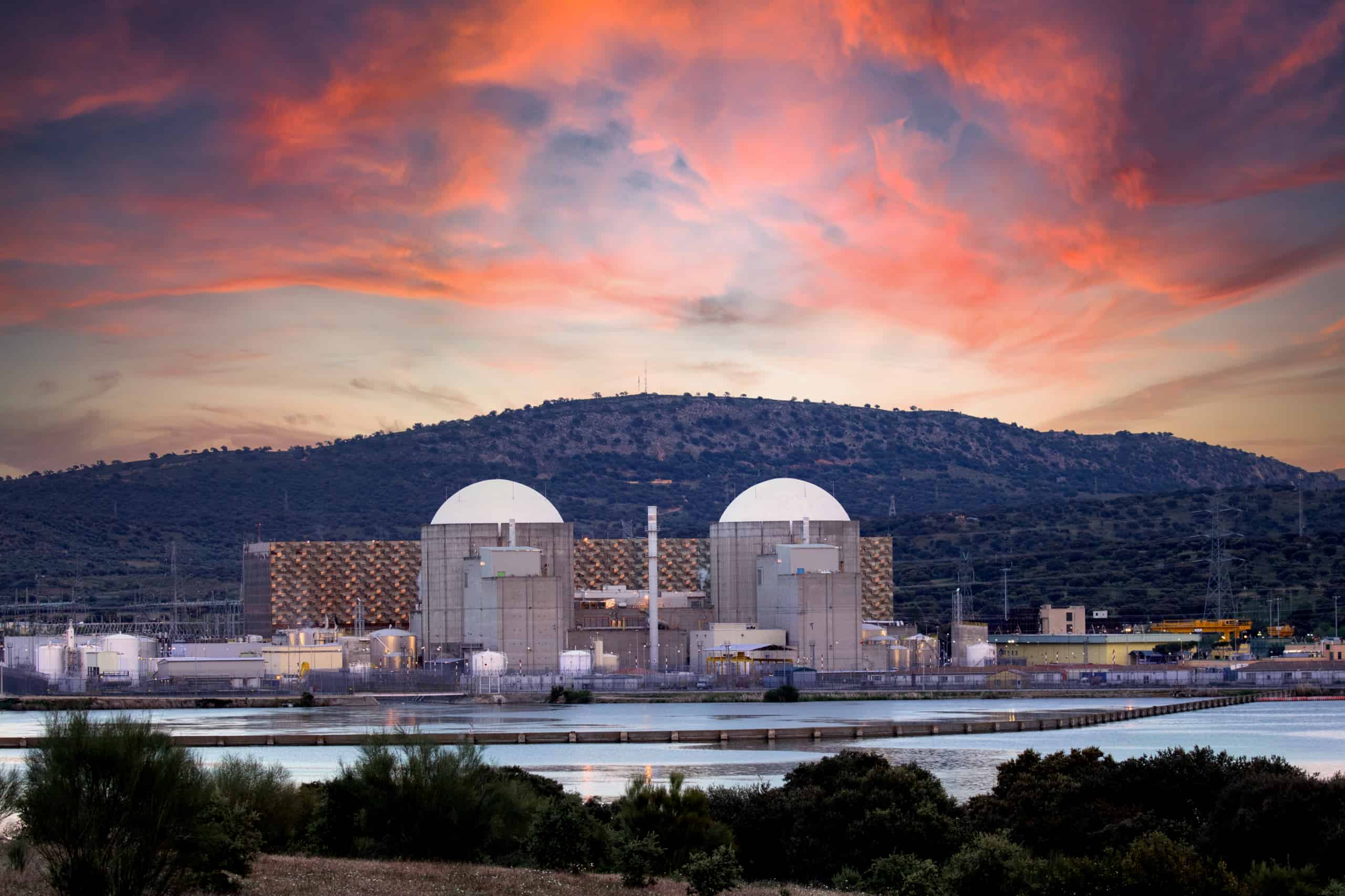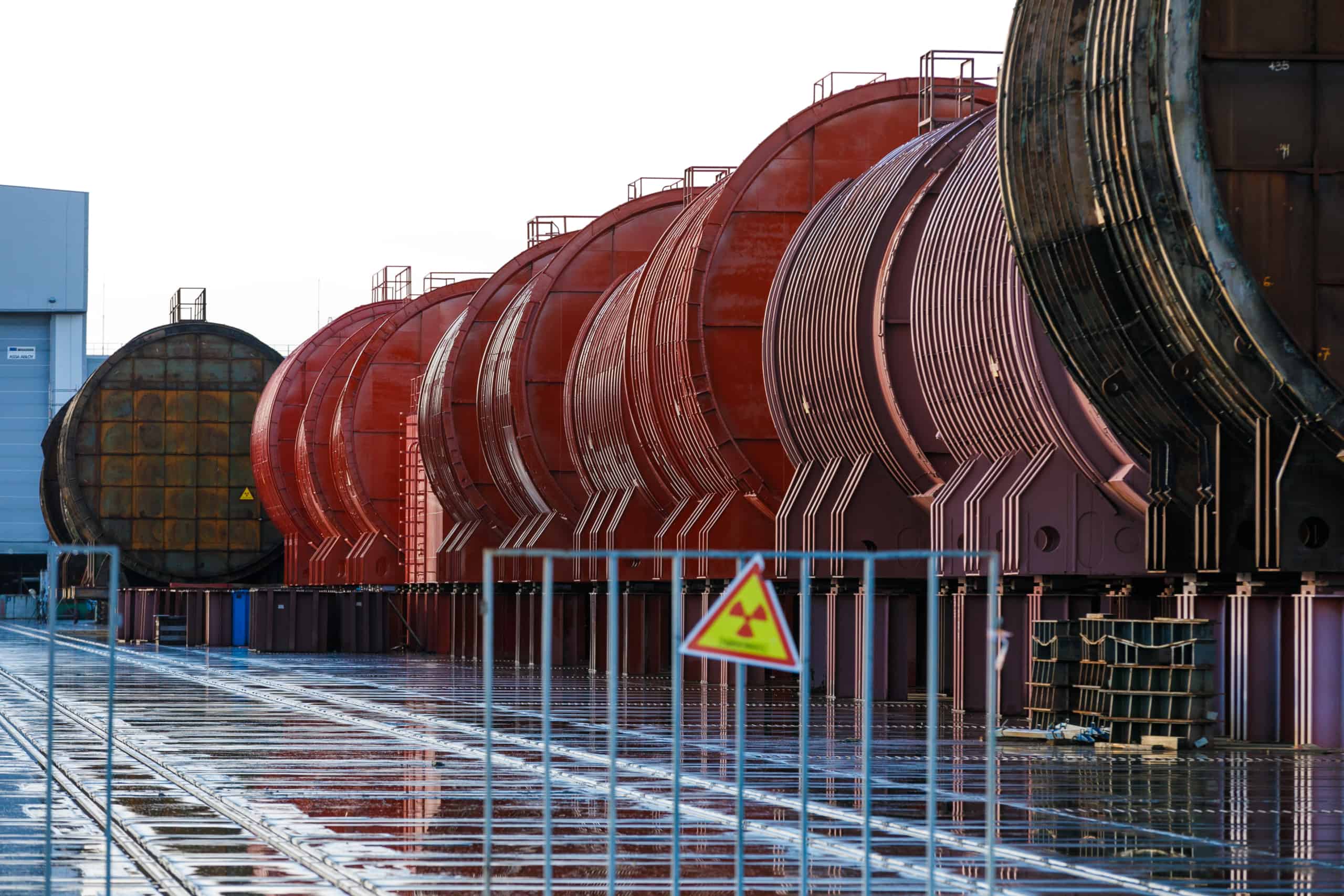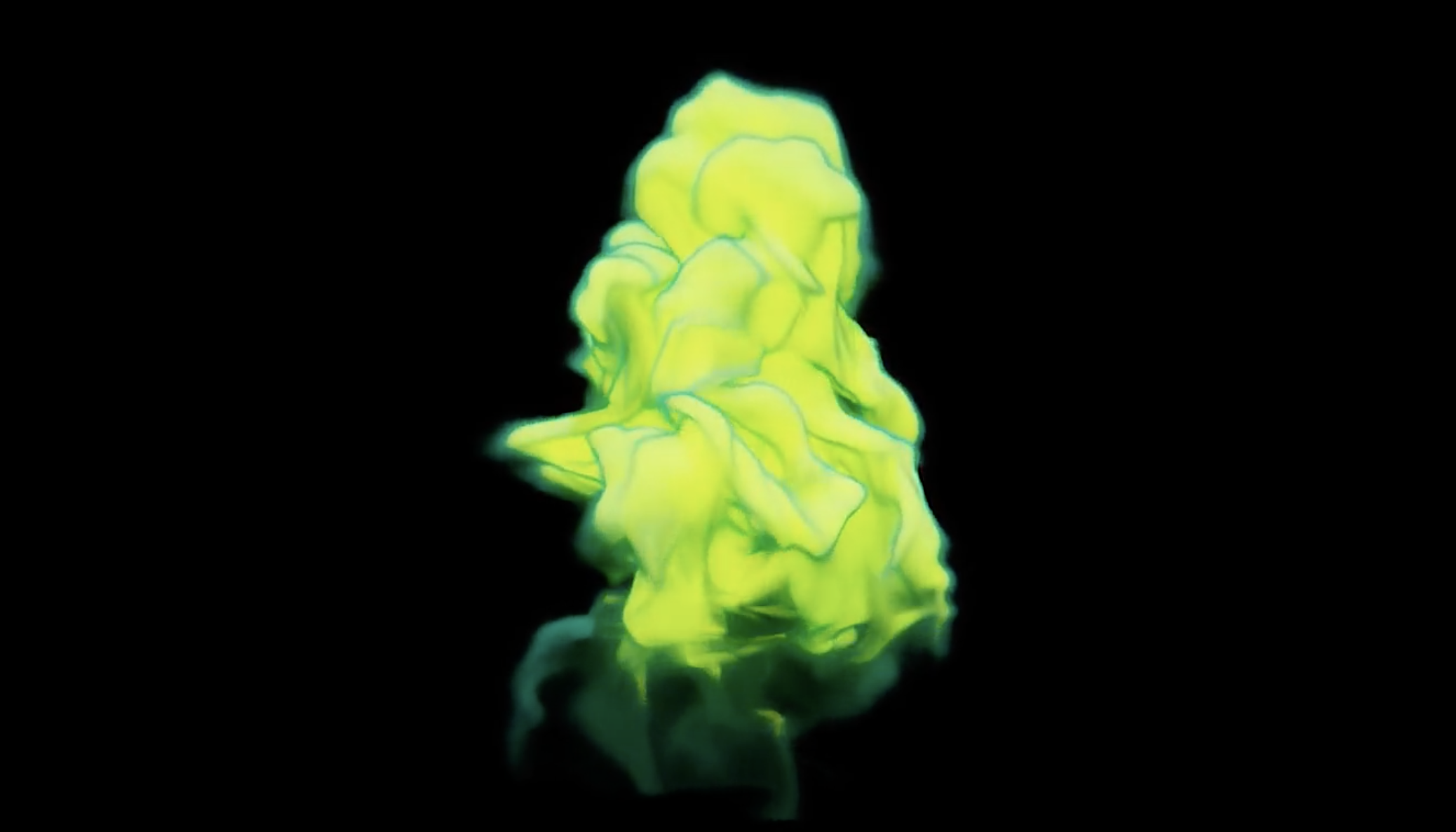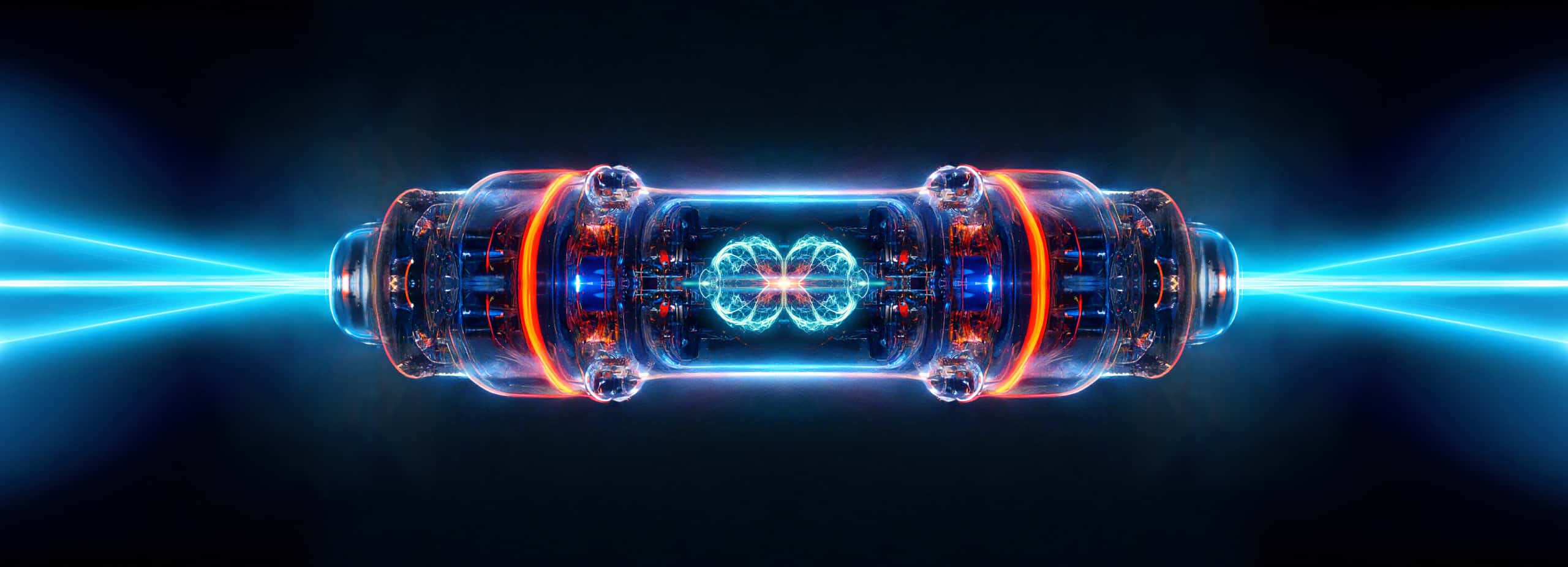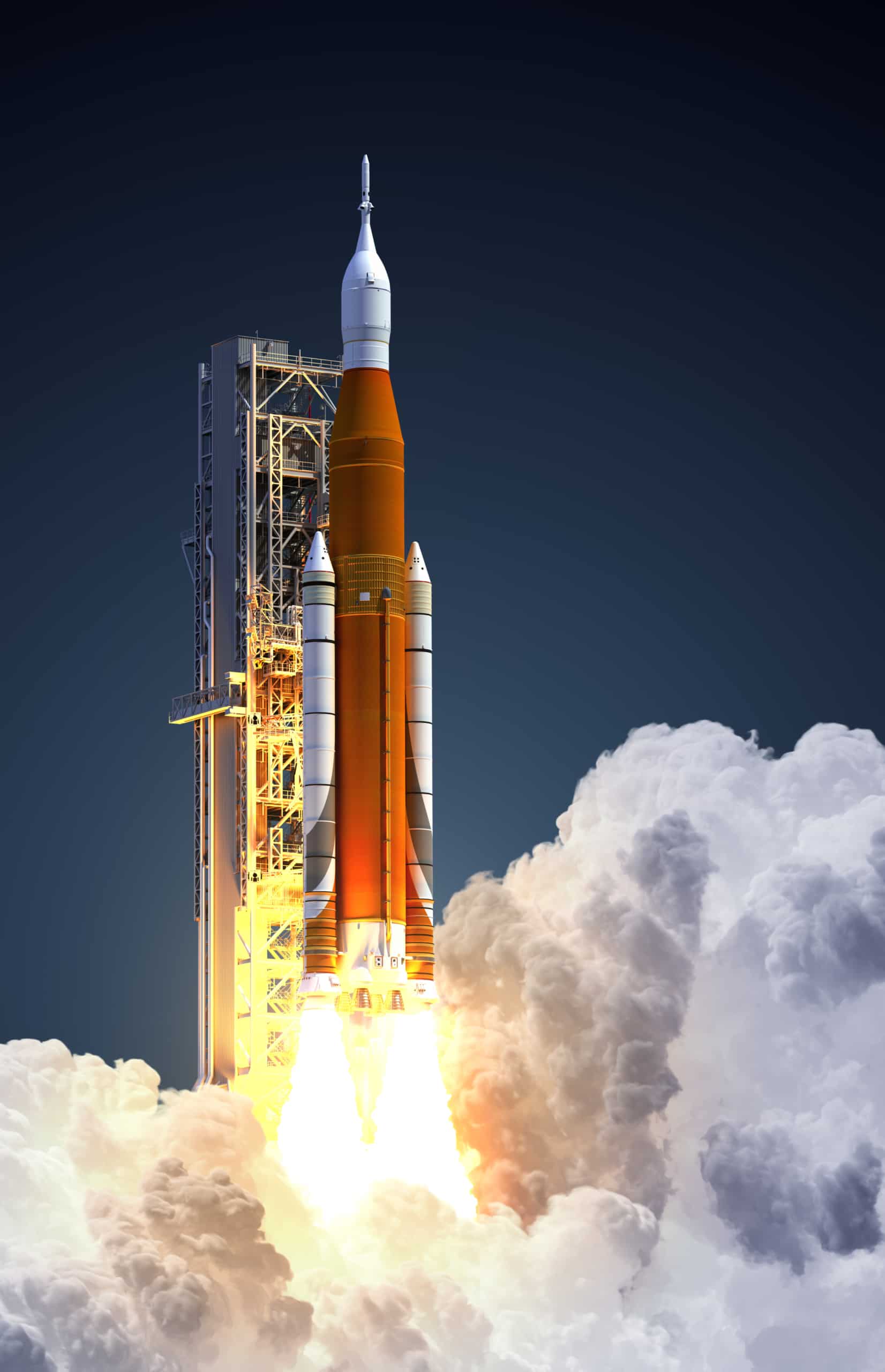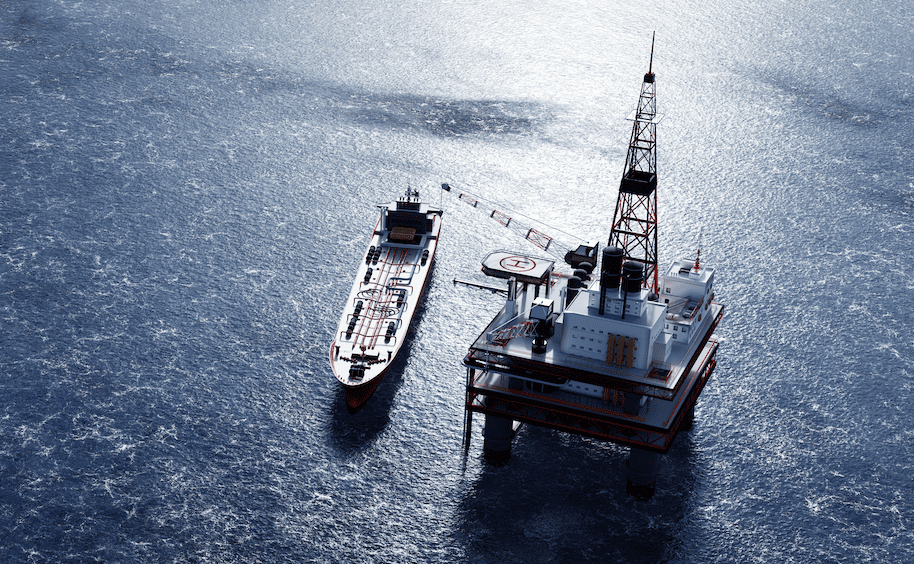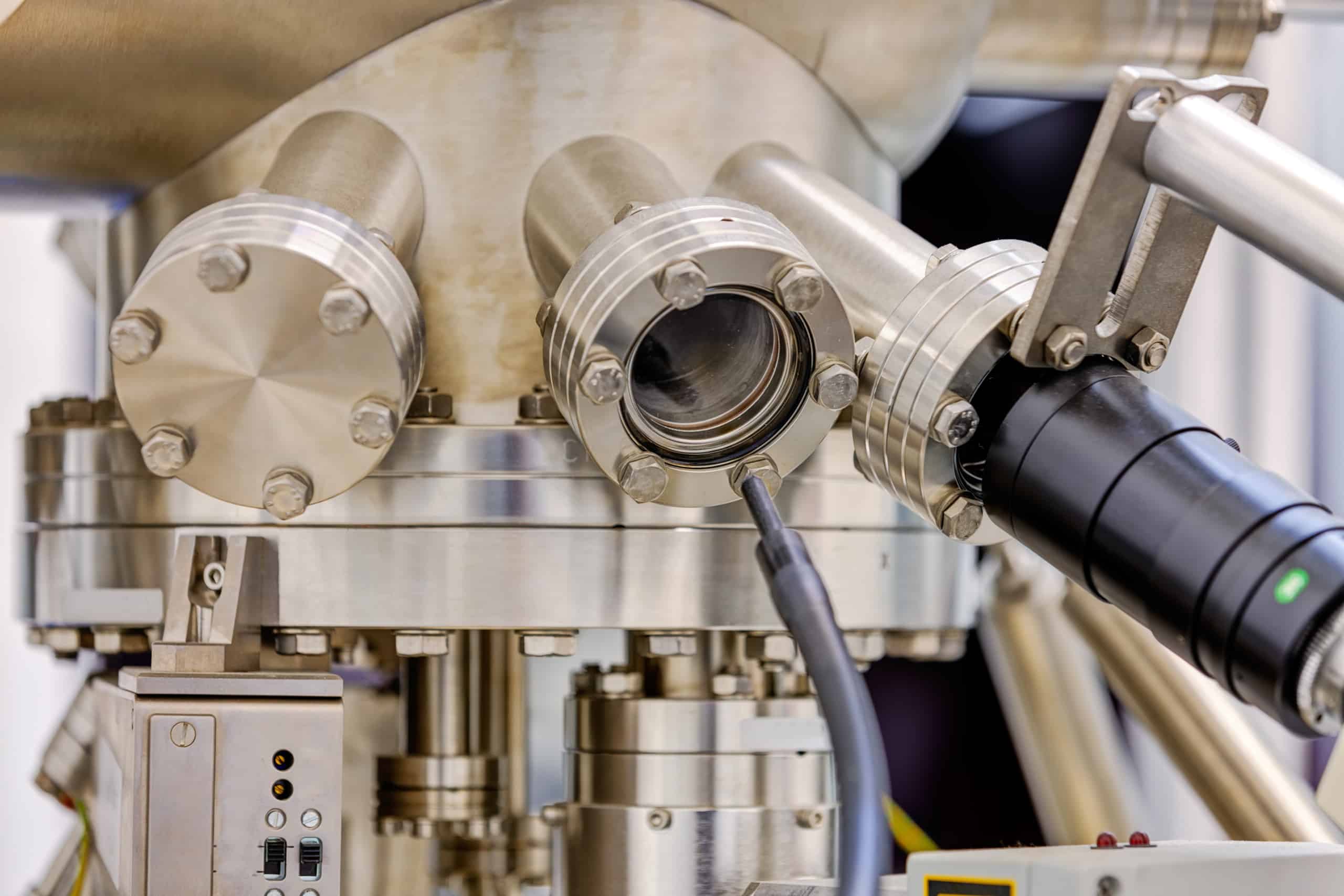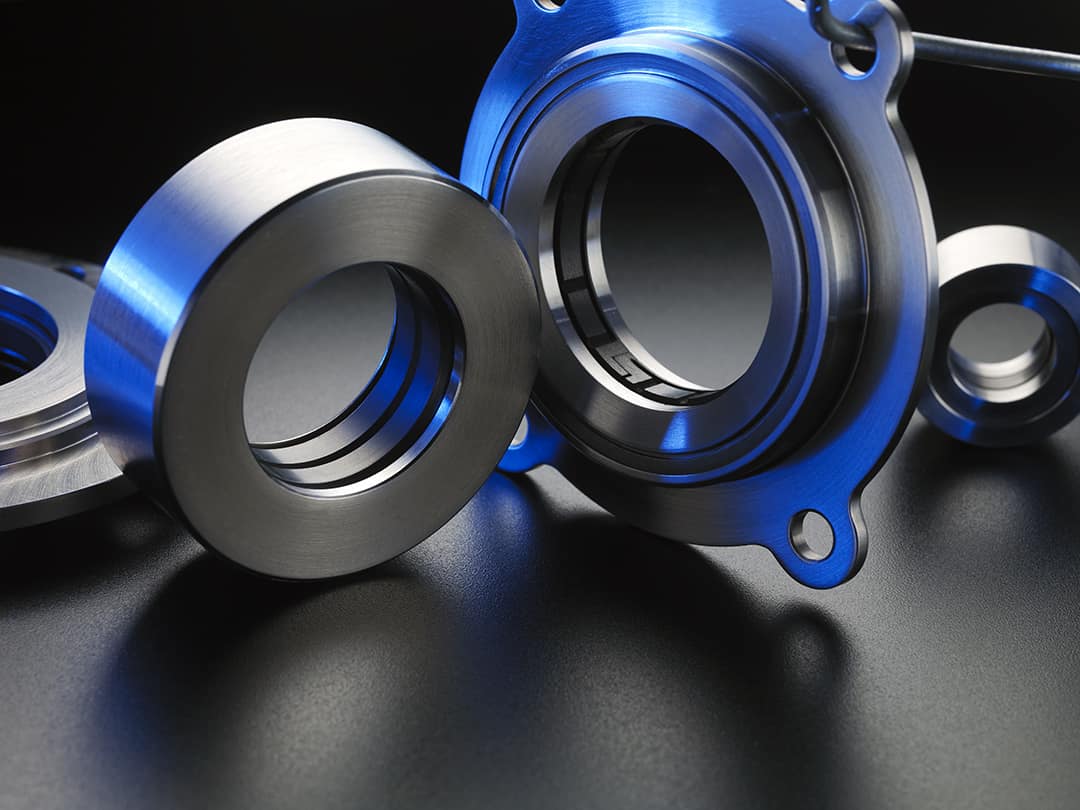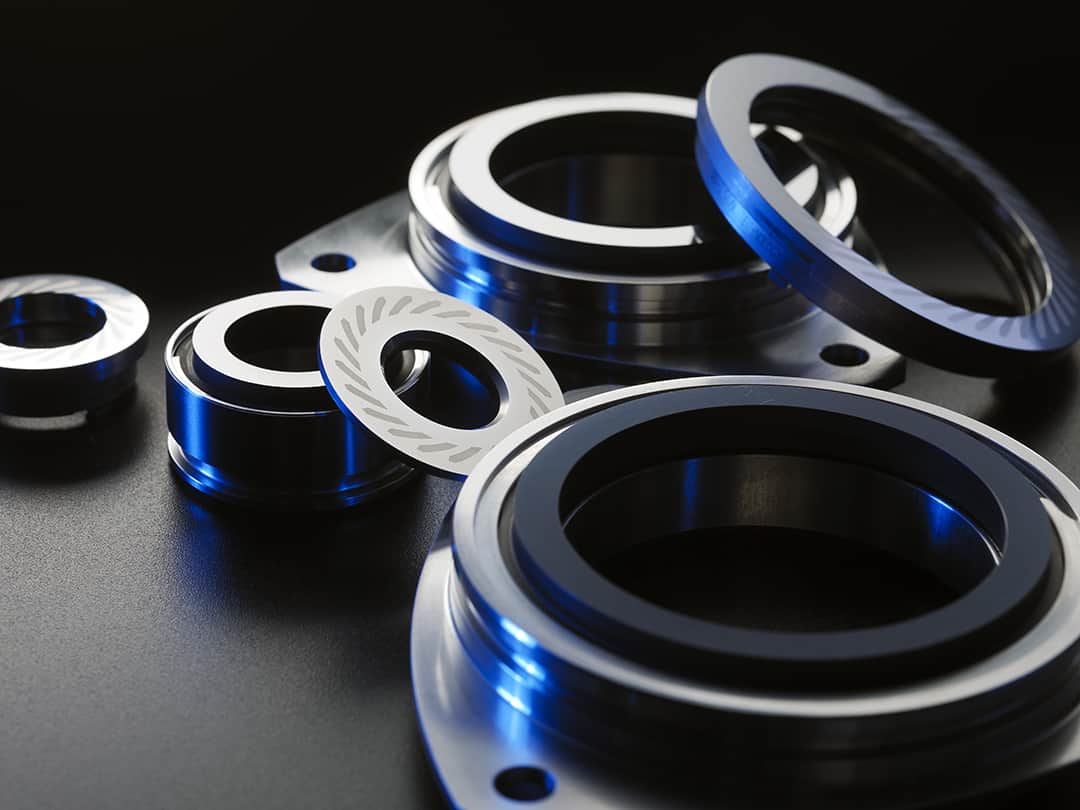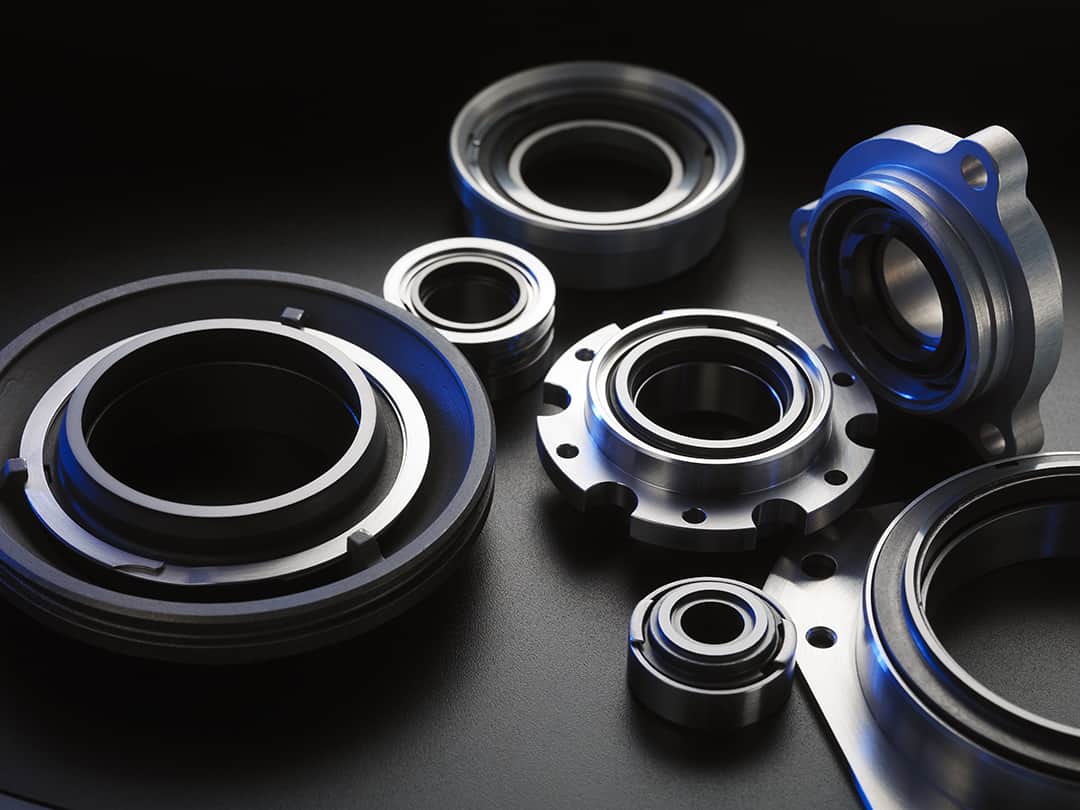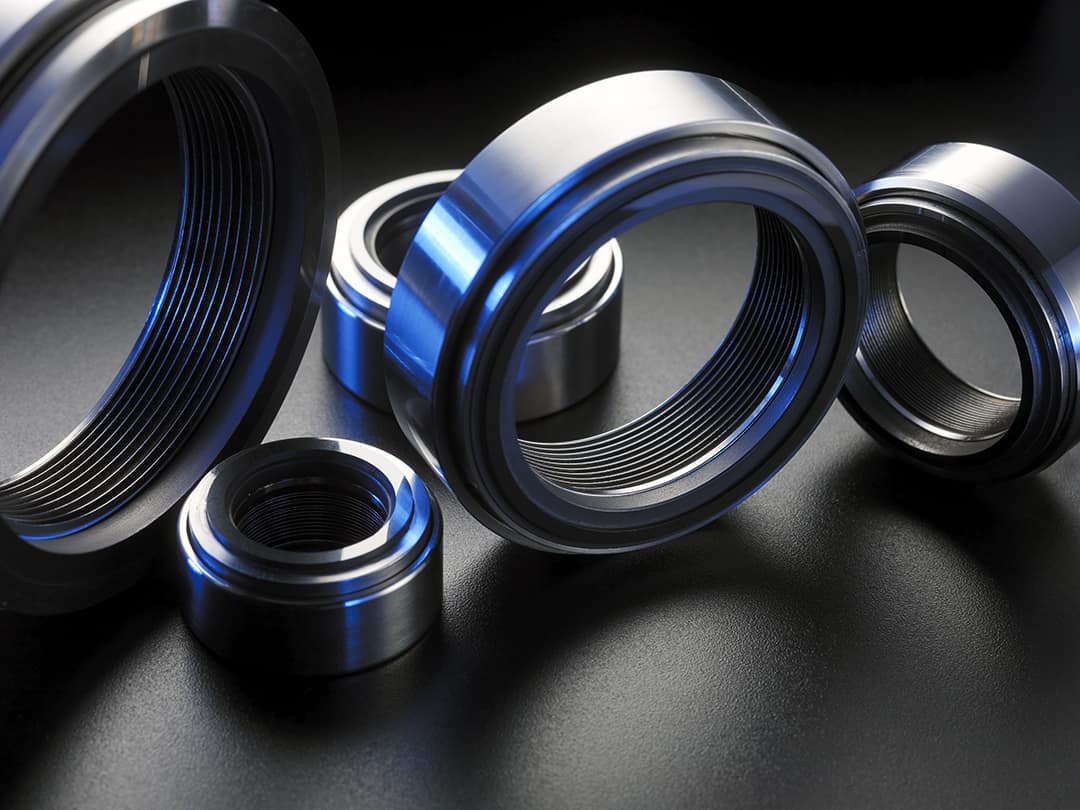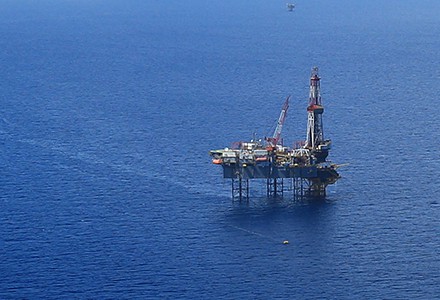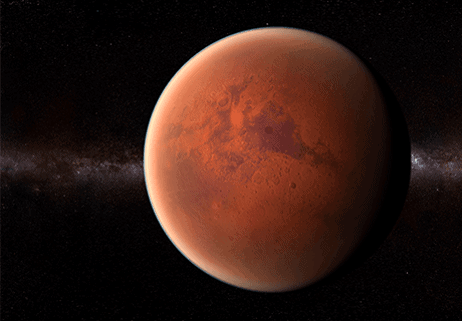Critical Solutions for Space
The dream of traveling the vast reaches of space is a glorious one, but the challenges are complex and numerous. Technetics Group is proud to play a part in improving safety and increasing confidence for today’s launch vehicle and spacecraft systems. Our components and aerospace seal designs have been used for decades in both manned and unmanned missions to consistently reduce risk and improve system performance. Critical applications include metal seals for valves and engine assemblies, K-Port seals for AS5202 port applications, burst discs for pressurized systems, mechanical seals for turbopump applications, and bellows and accumulators for hydraulic and pneumatic systems.
A History of Space
For decades Technetics Group has supported government and commercial space systems worldwide, with applications going back to such storied programs as Ares and Gemini. The space market has radically evolved and so has Technetics Group, offering class-leading products that meet the increasingly stringent demands of today’s space launch and spacecraft systems. With decades of pedigree and today’s most innovative engineered products, Technetics Group is a partner you can trust for today’s missions and tomorrow’s explorations.


